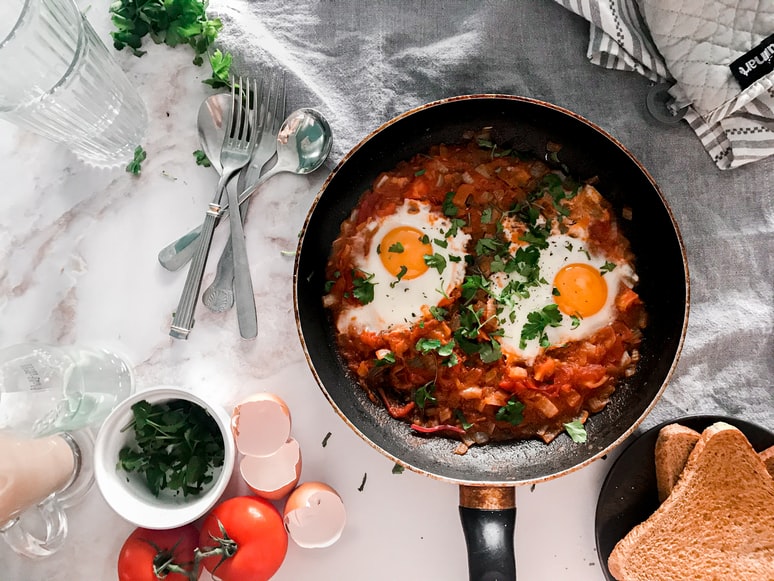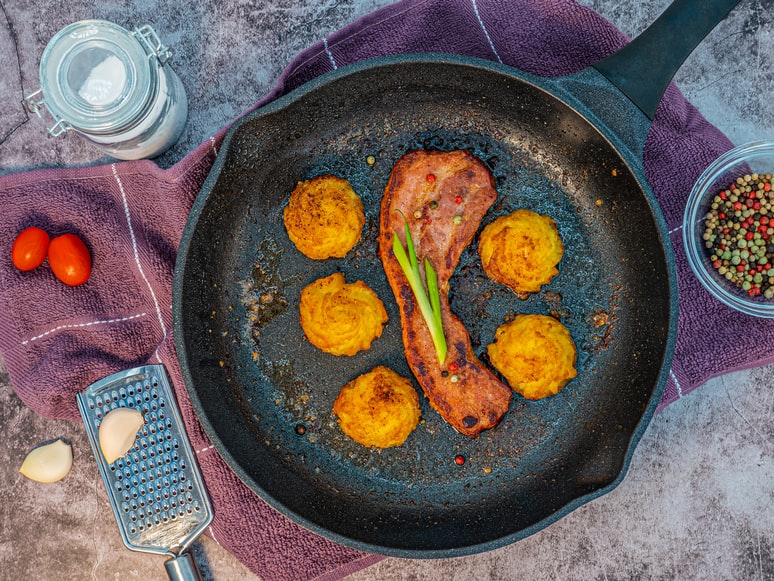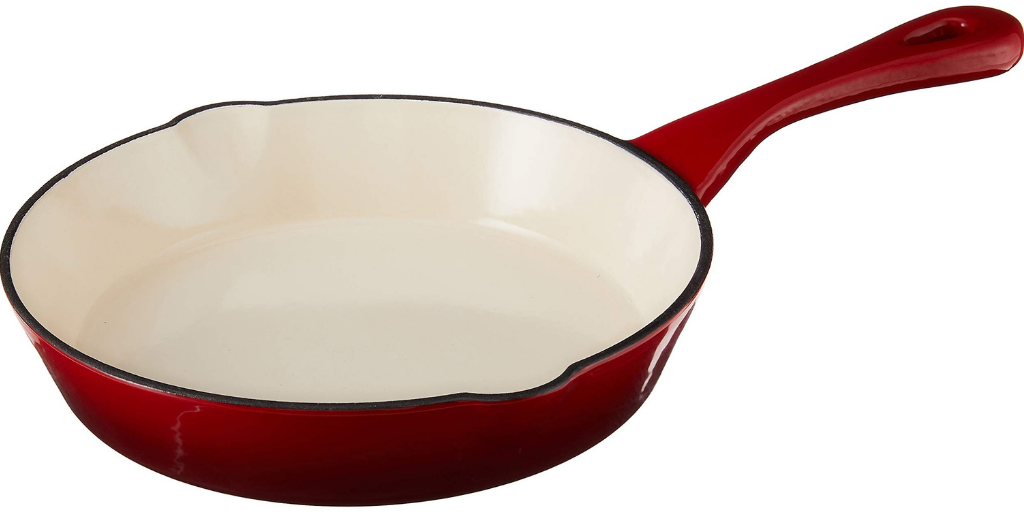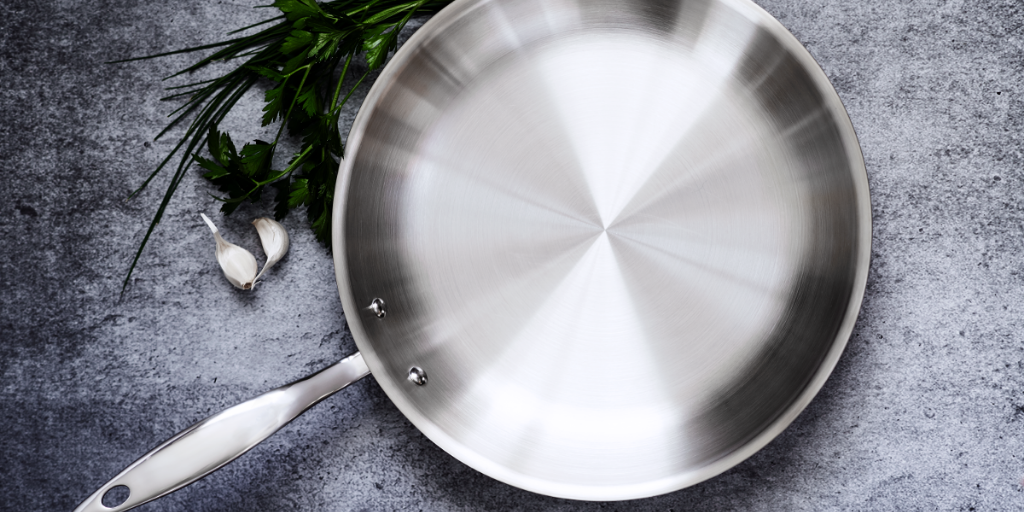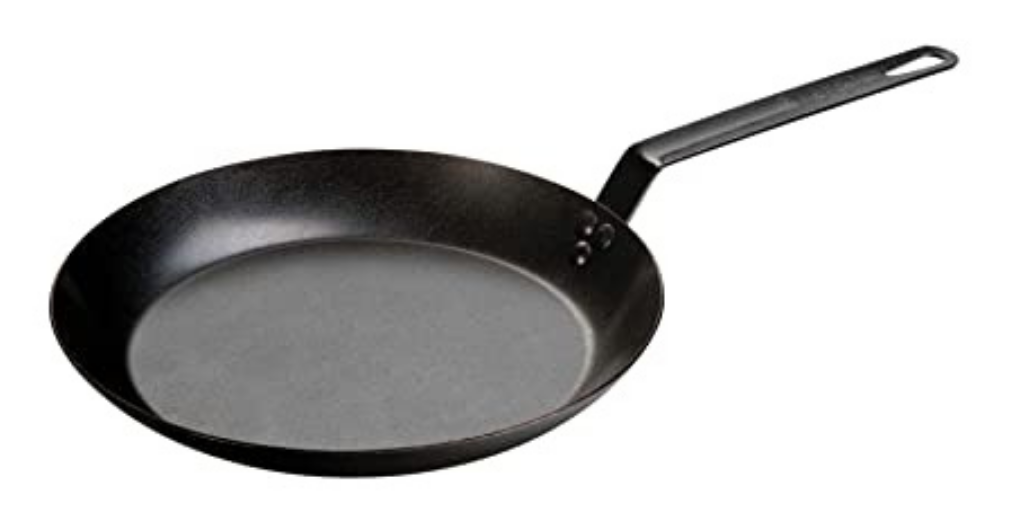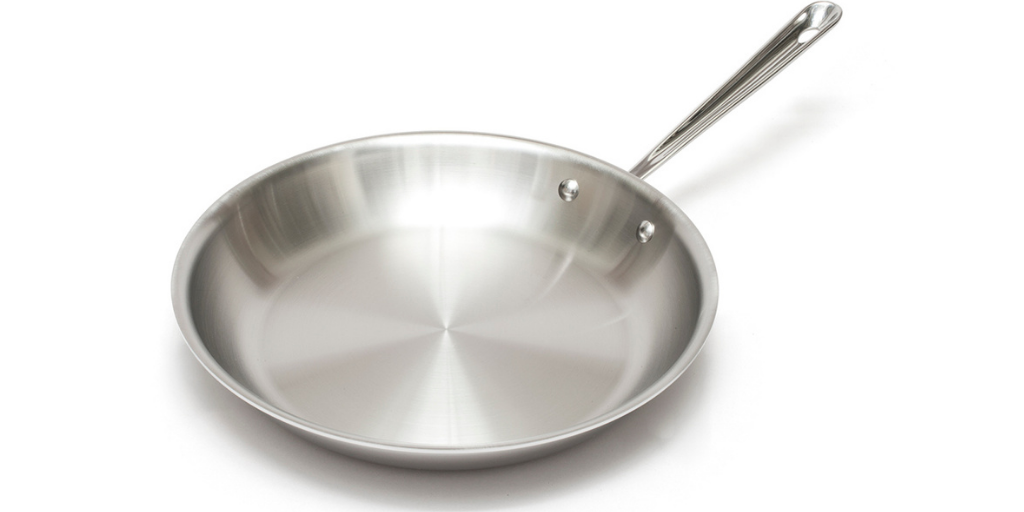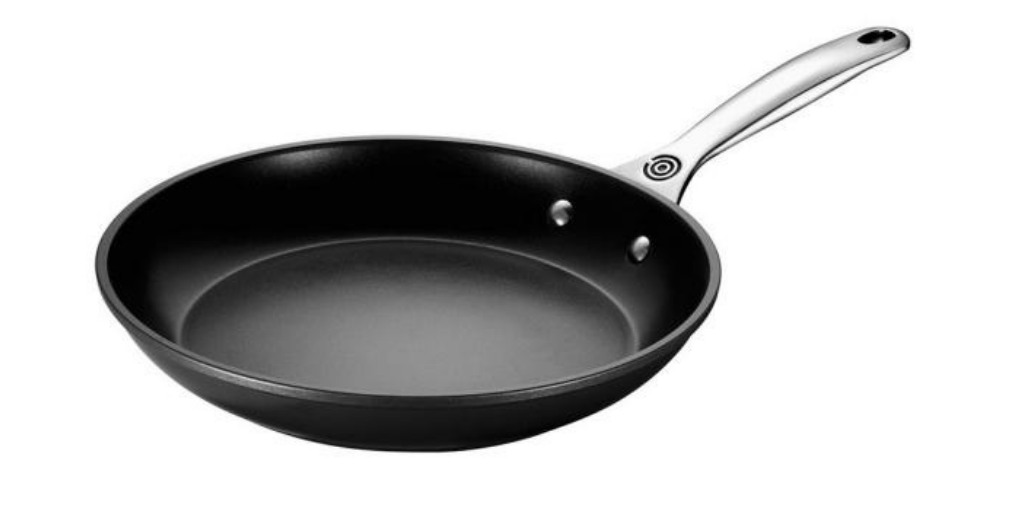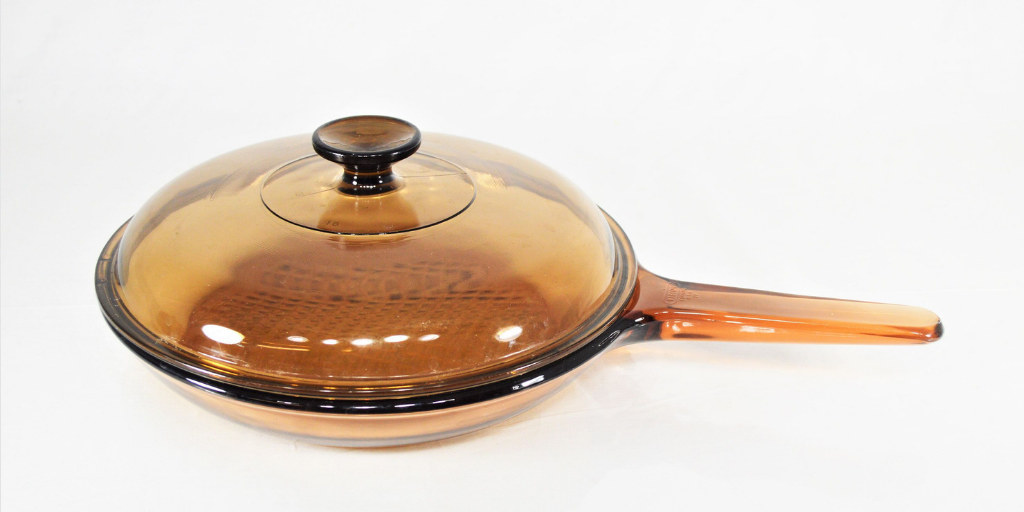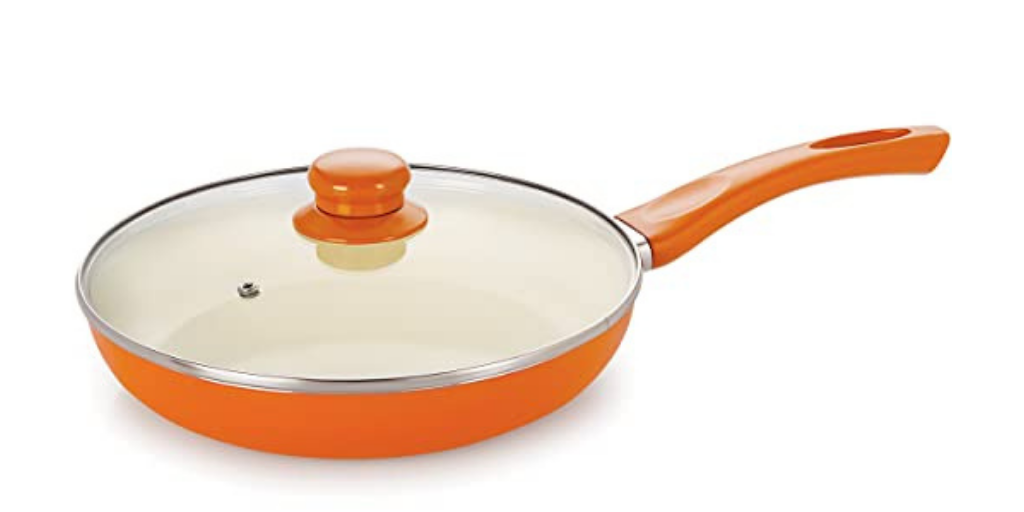While aluminum is the most popular material for cookware, carbon steel is the cheapest and easiest to maintain. Unlike stainless steel, carbon is susceptible to rust, and stainless steel is also dishwasher-safe and does not react with acids. While both materials are highly scratch-resistant, carbon steel is favored by many chefs and experienced cooks. They can be heavy and seasoned like cast iron, and this type of cooking pan is also more expensive than other materials.
If you consider copper cookware, look for one made from heavy gauge copper. Copper conducts heat very well and cools rapidly when it is removed. This type of pan is excellent for frying and making chocolate. Additionally, copper cookware is durable and easy to clean. Whether it is copper or stainless steel, it has advantages and disadvantages. The best material for cooking pans will be durable and even finished.
Some Of The Best Material For Cooking Pans
So you’re looking for a new set of pots and pans. Before you stick with nonstick or buy something new and quirky (silicone, perhaps?), let’s discuss the advantages and disadvantages of all cookware materials.
They all have advantages and disadvantages, so it’s simply a matter of deciding which is best for your cooking style. Hopefully, this quick reference to the benefits and cons of each material will be helpful.
Cast Iron
Cast iron is an old-fashioned cooking material that’s porous and gives a lot of flavors when adequately cared for, and it’s virtually unbreakable.
Pros:
It’s both inexpensive and long-lasting. It’s also adaptable, traveling from stovetop to oven and bearing high heat. It’s noted for maintaining heat efficiently, making it ideal for evenly cooking dishes.
Cons:
Cleaning and maintaining it takes a little more effort than cleaning and maintaining other cooking materials. It’s not recommended for acidic dishes because it can strip the seasoning and rust if not correctly maintained.
Enameled Cast Iron
The porcelain coating on enameled cast iron prevents rust and makes cleaning easier. It may quickly go from the stovetop to the oven.
Pros:
It looks just like cast iron, but it’s easier to clean and doesn’t require seasoning. It’s better for cooking acidic dishes because there’s no risk of the seasoning being stripped or the food interacting with the substance.
Cons:
It’s pretty expensive, and it doesn’t always have the same nonstick properties as a well-seasoned standard cast iron pan. It’s also quite heavy, which makes storage difficult.
Stainless Steel
Stainless steel is a popular cookware material but not made equal, and the higher-end models produce better results.
Pros:
Because it’s nonreactive, it won’t change the flavor of your meal when you cook with acidic or alkaline substances, and it immediately heats up. It’s also dishwasher and oven safe if the handles are stainless steel.
Cons:
It does not transmit heat as effectively as other materials. However, some higher-end lines incorporate an aluminum or copper core to compensate for this. It’s also more challenging to clean, as burnt-on foods can stick to the steel unless you have a higher grade.
Carbon Steel
Carbon steel pans are mostly iron with a small amount of carbon. It’s as tough as cast iron but much lighter.
Pros:
It maintains heat effectively, like cast iron, which cooks food evenly and makes it great for searing. It has a deep, grilled flavor to it. However, it is less heavy than cast iron, and it’s inherently nonstick as long as it’s properly seasoned.
Cons:
It requires seasoning to keep it in good shape, and cleaning it isn’t easy. Carbon steel pans are not dishwasher safe, and acidic foods should not be cooked in them.
Copper
While copper may appear a unique commodity, it is not suitable for regular cooking.
Pros:
It has excellent heat retention and evenly cooks food. That’s why some manufacturers include it in the core of stainless steel pans that are otherwise deficient.
Cons:
It is not inexpensive. To keep it in good shape, it has to be polished with lemon or vinegar and salt. Like cast iron, it reacts with acidic and alkaline foods, giving them a metallic flavor and allowing small amounts of copper to be absorbed.
Aluminum
Regular aluminum and anodized aluminum are the two varieties of aluminum you’ll find on store shelves, and each has its own set of advantages and disadvantages.
Pros:
Regular aluminum is light and inexpensive, and it also does an excellent job of retaining heat. Anodized aluminum is a little sturdier, more durable, and scratch-resistant compared to standard aluminum.
Cons:
Regular aluminum has the same flaw as copper in that it reacts with particular foods, which is why anodized aluminum is a better choice for cooking. Anodized aluminum, on the other hand, is more expensive.
Nonstick
It’s a popular cooking ingredient, but it’s been the subject of some debate over the years. However, there are still benefits to cooking using nonstick pans and pots if you follow a few guidelines.
Pros:
The most obvious advantage is that they are nonstick. Because of the smooth covering, the material is easy to clean and requires less oil when cooking.
Cons:
Once the coating wears off, it’s thought that the high heat will expose food to hazardous compounds commonly found in nonstick cookware (PFOA and PTFE, referred to as Teflon). Purchase nonstick cookware that does not contain these hazardous substances whenever possible. They are, however, usually more expensive. When it comes to nonstick pans, the adage “you get what you pay for” is especially true. You’ll get the most out of this cooking material if you avoid heating without oil and don’t use excessive heat.
Glass
It’s commonly used in casserole recipes. However, you won’t see many individuals using glass pots and pans in the kitchen. They aren’t as commonly available, but they do exist.
Pros:
The significant advantage is watching the food cook while keeping a closer eye on it. They also serve dishes, eliminating the need to change dishes before serving.
Cons:
It’s not as nonstick as it appears, and your food is more likely to burn. Its heat distribution is poor when compared to other materials.
Ceramic
While ceramic nonstick cookware is commonly referred to, it is aluminum with a silicone surface with a ceramic-like texture.
Pros:
It’s nonstick, but not as much as traditional nonstick pans. It’s free of toxins like PTFE and PFOA, making ordinary nonstick cookware unpopular. It’s also regarded to be better for the environment.
Cons:
Over time, the nonstick quality may deteriorate, and the nonstick coating may be stripped if washed in the dishwasher.
Which Material Is The Healthiest To Use In The Kitchen?
Glass. Glassware is undoubtedly one of the safest kitchen equipment to use when cooking. Glass is a non-reactive material, which means it doesn’t emit dangerous materials into the food it’s cooking or absorb any nutrients from it.
If you’re concerned about chemicals escaping into your meal from your utensils, choose silicone, bamboo, or stainless steel. These are the best materials for cooking utensils that are healthy and safe for your home!
Is Stainless Steel Hazardous To One’s Health?
Remember that stainless steel does not contain hexavalent chromium (VI), a highly hazardous carcinogen. Manganese is a trace nutrient required for all kinds of life, and manganese in the form utilized in industrial applications is harmful in more than 500 micrograms.
Iron, nickel, and chromium are metals found in stainless steel and iron cookware that may cause health problems. Small dosages of chromium, like iron, are beneficial to your health, but larger doses can be hazardous. The safe daily intake range is 50 to 200 micrograms, which most Canadians consume.
Conclusion
A suitable material for cookware is copper. Copper is the best conductor of heat, and when heated to the right temperature, it cools quickly. As a result, copper pans respond to heat and are the most responsive option. Moreover, it is the best material for cooking pans with nonstick coatings. If you’re looking for a more durable material, you can go for carbon steel or hard-anodized aluminum.
Another consideration is the material used for the pan. While steel is durable, carbon steel is more durable and is the most common material for cooking pans. For the best quality cooking pans, copper is a heavy gauge metal that is one to eighteen inches thick. It’s essential to find one rated by the National Institute of Standards and Quality. You can also consider the color of the pan. To ensure that it matches your kitchen style, look for a contrasting color or material with similar patterns.

